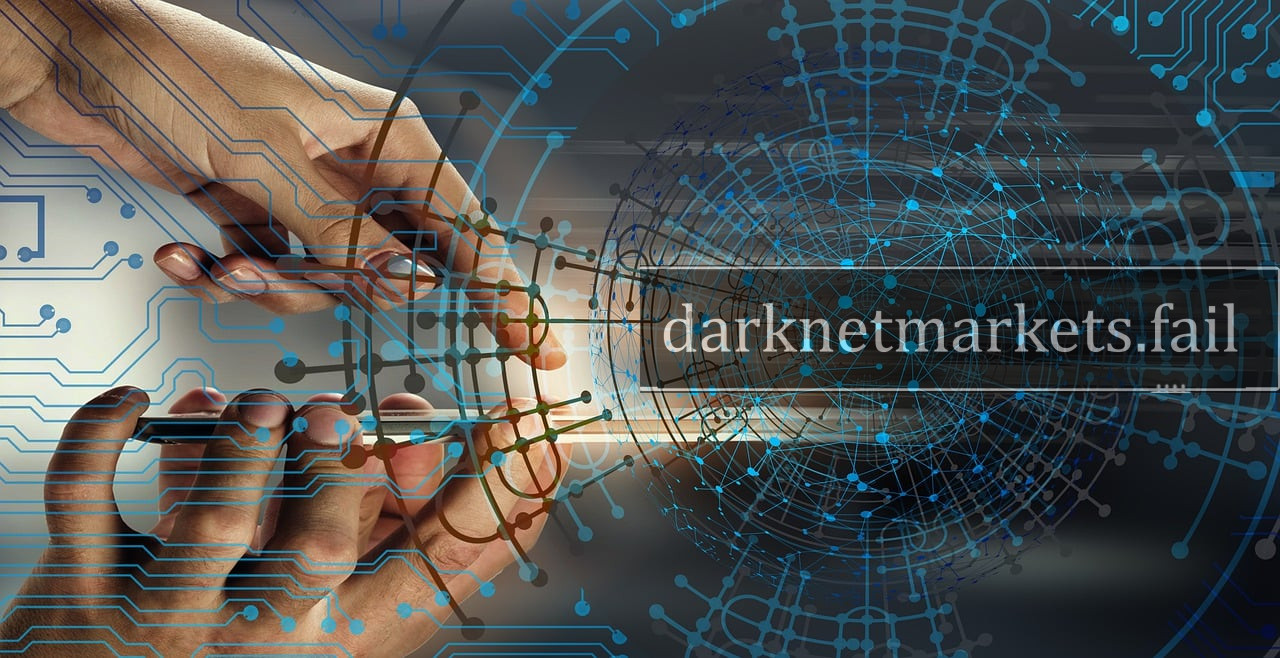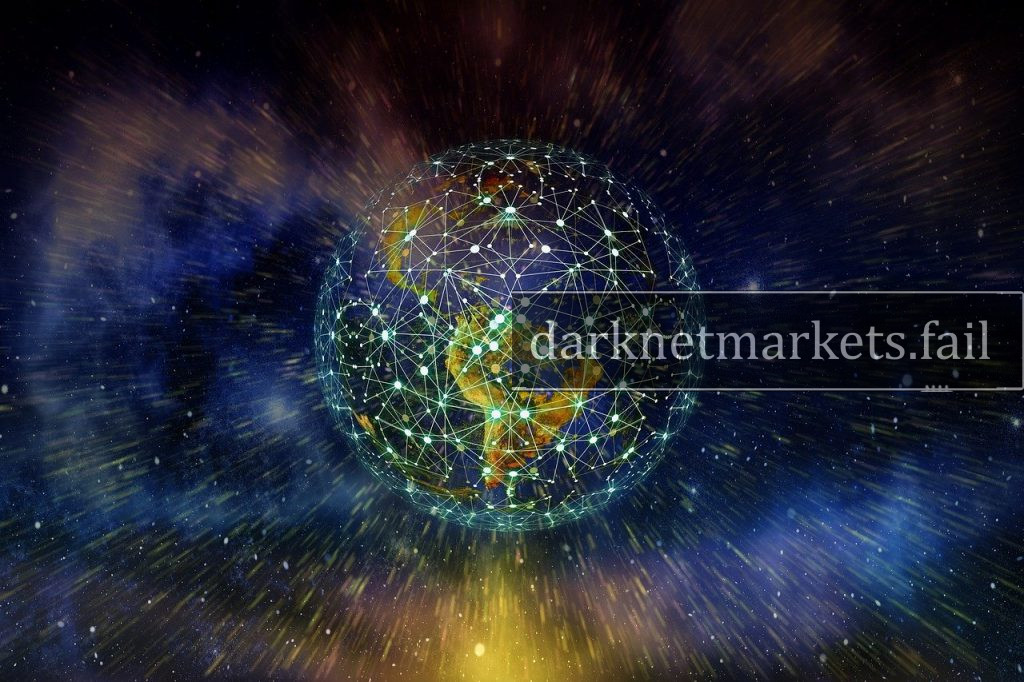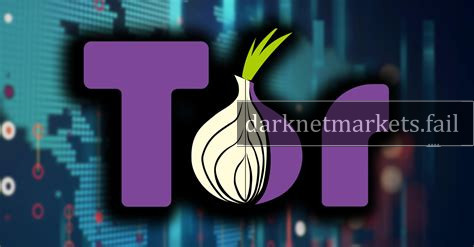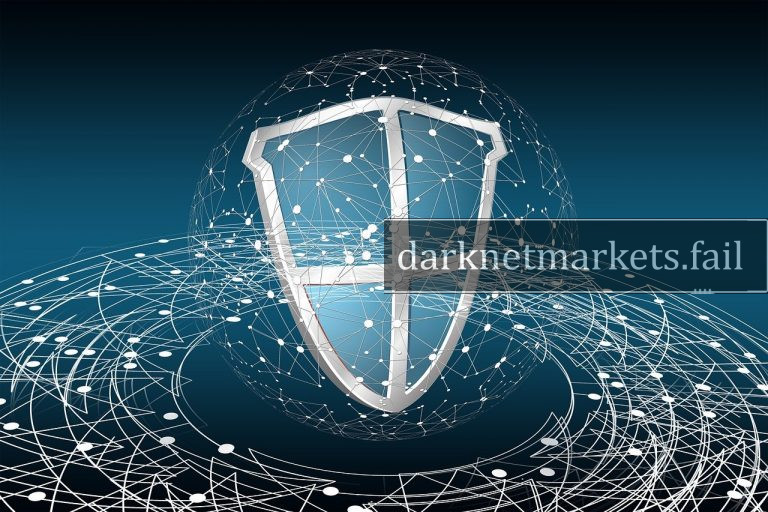Tech on the Dark Side: Exploring the Intersection of Technology and the Dark Web

Tech on the Dark Side – In today’s digital age, technology is both a powerful tool for innovation and a double-edged sword. While the internet has opened up new opportunities for communication, education, and business, it has also given rise to hidden corners that are not as easily accessible, nor as well-regulated, as the mainstream web. One such corner is the Dark Web, a space that is often associated with illicit activities but also serves as a platform for privacy-focused individuals, activists, and innovators. This post will explore the technologies that drive the Dark Web, their uses, risks, and ethical implications, and provide insights into how “tech on the dark side” shapes both our digital and real-world lives.
What is the Dark Web?
The Dark Web is a segment of the internet that is not indexed by traditional search engines. It is part of the broader Deep Web, which includes anything on the internet that is not publicly accessible—such as private databases, subscription services, and password-protected websites. However, the Dark Web takes things a step further by utilizing encryption and anonymity protocols to obscure the identities of its users, making it a haven for both privacy enthusiasts and cybercriminals alike.
To access the Dark Web, users rely on specialized software such as the Tor Browser, which allows them to access websites that have a .onion domain extension. This browser routes traffic through a network of volunteer-operated servers, making it difficult to trace users’ activities or locations. The encryption provided by Tor ensures that both the content of communications and the identities of participants remain hidden, fostering a sense of security in a space where anonymity is prized.

Technologies that Power the Dark Web
The Dark Web operates using several key technologies that provide the necessary privacy, encryption, and security for its users. Let’s explore these technologies and their impact on the Dark Web:
1. The Tor Network
At the heart of the Dark Web is the Tor (The Onion Router) network, which allows users to browse the internet anonymously. Tor works by encrypting internet traffic multiple times and routing it through various nodes around the world. The result is that users’ data is obscured and their online activities are virtually untraceable.
While Tor was originally developed by the U.S. Navy for secure communication, it has since been embraced by privacy advocates, journalists, and activists who require anonymity in environments where freedom of speech is restricted. For example, it has been used by whistleblowers to leak sensitive information to news outlets safely.
However, the technology has a darker side. Tor’s anonymity features are often exploited by criminals who use the Dark Web for illicit activities such as the sale of illegal drugs, weapons, and stolen data.
2. Cryptocurrency
Another key technology that powers the Dark Web is cryptocurrency, particularly Bitcoin, Monero, and other privacy-focused coins. Cryptocurrencies allow for transactions to occur without the need for traditional financial intermediaries, such as banks or payment processors, which are often required to identify and verify users.
On the Dark Web, cryptocurrencies provide a level of financial privacy, which is essential for many transactions on illicit marketplaces. Bitcoin has historically been the most popular cryptocurrency used on the Dark Web, though its transparency and traceability have led to the rise of more privacy-centric alternatives like Monero. Monero’s ring signatures and stealth addresses ensure that transactions cannot be traced back to the sender or receiver, making it a preferred choice for dark web markets where anonymity is paramount.
3. End-to-End Encryption
For communication on the Dark Web, end-to-end encryption is a critical technology. It ensures that messages sent between users cannot be intercepted or read by anyone other than the intended recipient. One of the most widely used tools for encrypted communication on the Dark Web is PGP (Pretty Good Privacy), which uses public-key cryptography to encrypt and decrypt messages.
PGP allows users to exchange secure information without relying on third-party services. It is often used by journalists communicating with whistleblowers or activists operating under oppressive regimes. However, encrypted communication also plays a role in facilitating criminal activities on the Dark Web, as it prevents law enforcement agencies from intercepting or decrypting communications between criminals.
4. Anonymous Hosting Services
Web hosting on the Dark Web is significantly different from conventional web hosting. Websites that operate on the Dark Web often rely on onion services, which use .onion domains and are hosted on the Tor network itself. These services are designed to provide anonymity to both website operators and users.
While legitimate websites like news platforms or blogs also use anonymous hosting for privacy, it is equally common for illegal marketplaces and forums that facilitate illegal transactions to use these services. The technology behind these onion services makes it much harder to trace the server’s location or the website’s owner, which is why many illegal operations favor these services.
The Uses of Technology on the Dark Web
While much of the Dark Web is associated with illegal activities, technology on the Dark Web has legitimate uses, particularly for those who need privacy and security. Some of the more common uses of the Dark Web include:
1. Freedom of Speech and Expression
The Dark Web serves as a safe haven for individuals living under authoritarian regimes or in countries where free speech is restricted. It provides a platform for journalists, whistleblowers, and activists to communicate securely and anonymously. The SecureDrop platform, for instance, is a tool used by journalists to accept anonymous tips and documents from whistleblowers.
Without the anonymity provided by tools like Tor and encryption, individuals in these regions would be at a greater risk of censorship, arrest, or even violence. By using the Dark Web, they can communicate freely and safely, helping to expose government corruption or human rights abuses.
2. Privacy for Law-Abiding Citizens
For privacy-conscious individuals, the Dark Web offers an alternative to the increasingly intrusive practices of modern-day digital surveillance. Users can access encrypted communication tools, privacy-focused search engines like DuckDuckGo, and even privacy-enhancing tools like VPNs to secure their data. In a world where internet service providers (ISPs) and even governments can track browsing activity, these technologies allow users to maintain a degree of privacy.
3. Criminal Activity
Unfortunately, the Dark Web also provides a marketplace for illicit activities. Users can purchase illegal drugs, stolen data, weapons, and even hacking tools. While these activities are clearly illegal, they thrive in an environment where anonymity and encryption technologies are the backbone of the marketplace.
Although law enforcement agencies have had some success in infiltrating and shutting down these illicit operations, the constantly evolving nature of the Dark Web makes it a challenge to regulate. The combination of Tor’s anonymity and cryptocurrency’s untraceability makes it difficult to catch criminals operating on the Dark Web.
The Ethical and Legal Implications of Dark Web Technology
The technologies that make the Dark Web possible also present significant ethical and legal dilemmas. While the Dark Web allows for enhanced privacy and freedom of speech, it also facilitates criminal activities that harm individuals, communities, and governments.
The ethical debate centers around the balance between privacy and security. On one hand, the technology allows individuals to safeguard their personal information, prevent government surveillance, and protect their rights. On the other hand, it creates a space where illegal activities can flourish without consequence.
Law Enforcement and the Dark Web
Governments and law enforcement agencies are working hard to infiltrate and regulate the Dark Web. However, the encrypted and decentralized nature of the Dark Web makes it difficult to track down offenders. While some marketplaces have been successfully shut down, new ones are quickly created in their place.
Conclusion
The Dark Web, powered by technologies such as Tor, cryptocurrency, and end-to-end encryption, represents both a boon and a burden to the digital landscape. It provides crucial privacy tools for those who need them but also facilitates illegal activities that are hard to regulate. The technologies at play on the Dark Web will continue to evolve, and so too will the debates around privacy, security, and freedom on the internet. As technology advances, it’s essential to remain aware of the potential dangers of the Dark Web while also appreciating its role in promoting privacy and freedom of expression.



